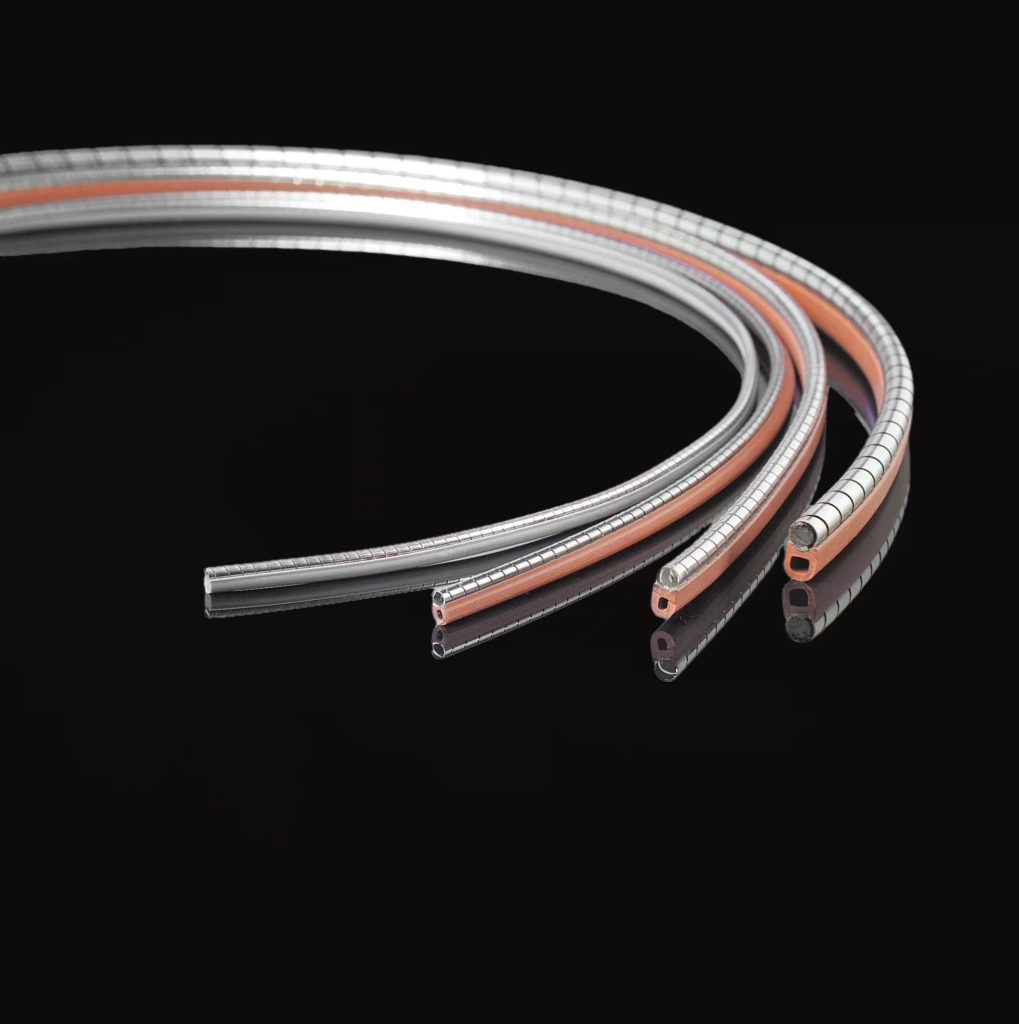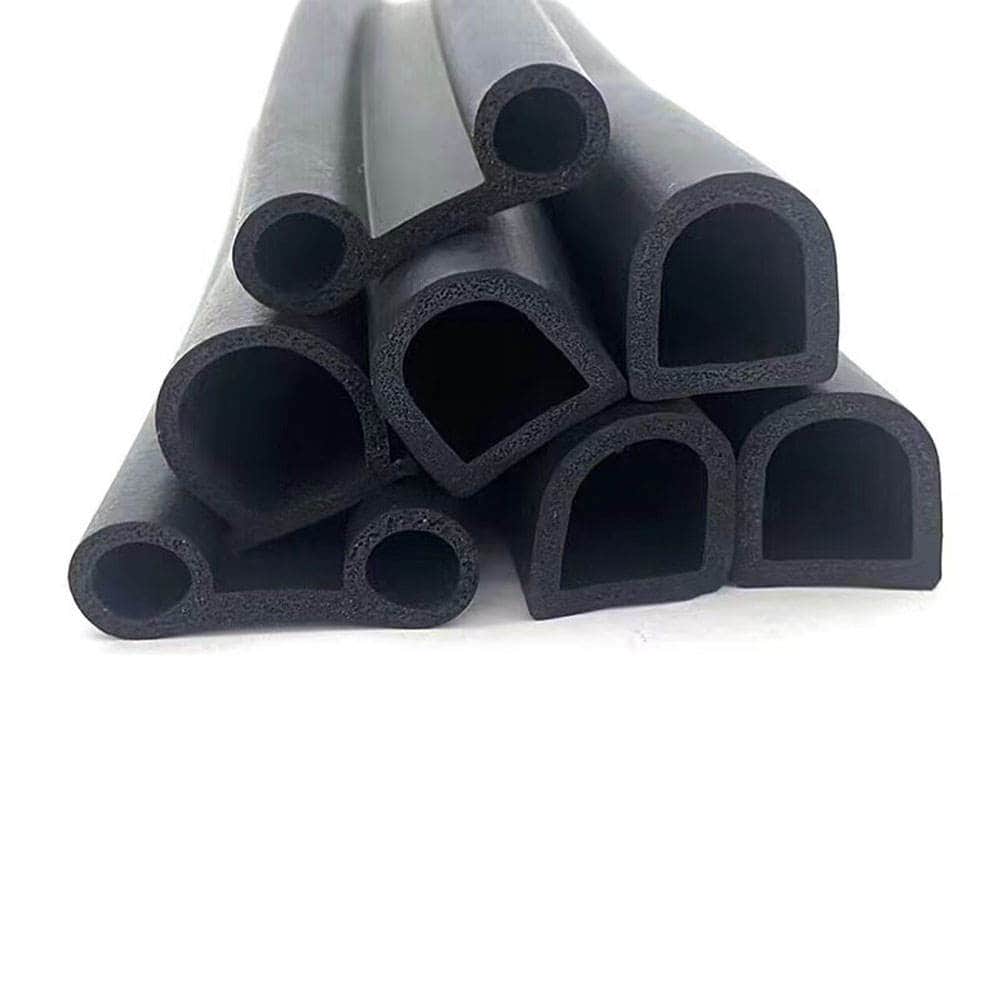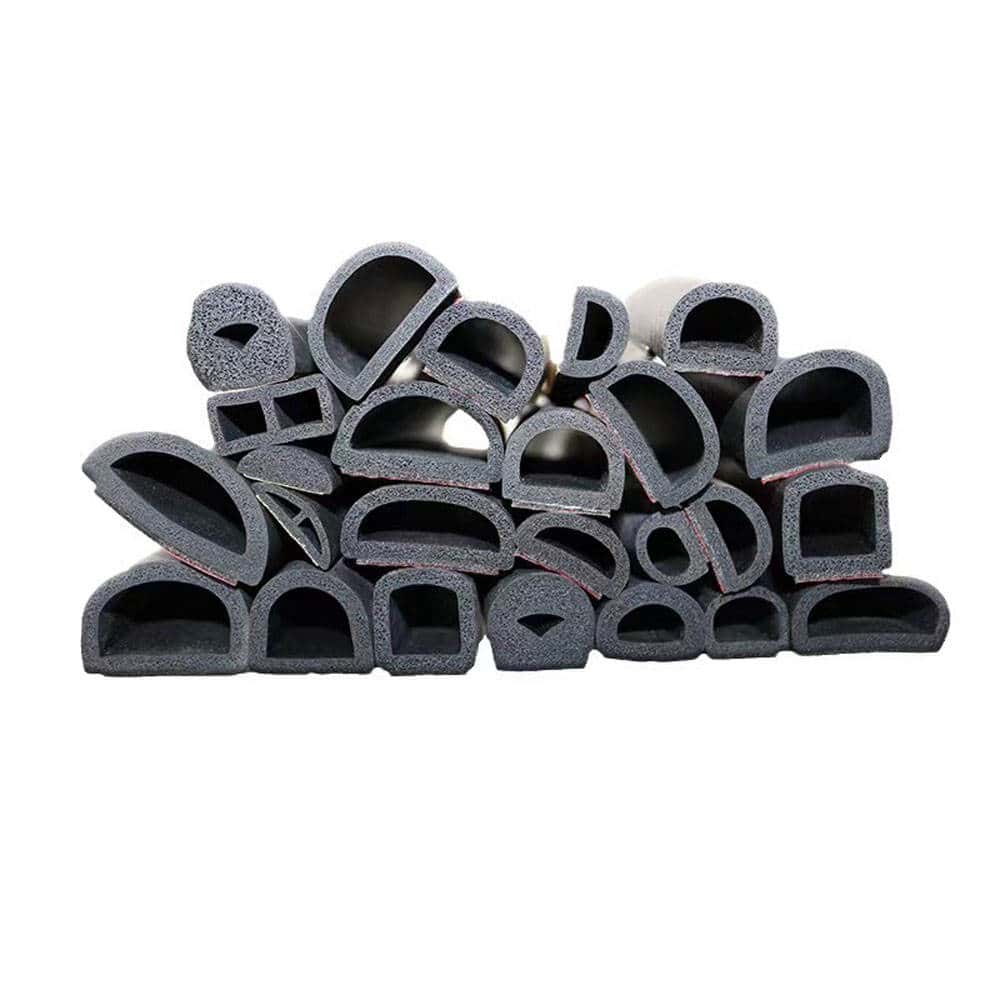The frequency of inspection and cleaning for D Multi Seal Gaskets
D Multi Seal gaskets are a crucial component in many mechanical systems, particularly in environments where maintaining a tight seal is essential to prevent leaks and ensure operational efficiency. The frequency of inspection and cleaning for these gaskets is influenced by several factors, including the operating environment, the type of fluid or gas being sealed, and the specific application. This comprehensive guide provides an overview of recommended practices for inspecting and cleaning D Multi Seal gaskets to ensure their longevity and performance.
Table of Contents
1. Understanding D Multi Seal Gaskets
D Multi Seal gaskets are designed to provide a reliable seal in various applications. They are often used in industrial machinery, automotive engines, and other systems where a robust, leak-proof seal is necessary. These gaskets are typically made from high-quality materials that can withstand harsh conditions, but like all components, they require regular maintenance to function optimally.

2. Factors Affecting Inspection Frequency
The frequency of inspection and cleaning for D Multi Seal gaskets can vary depending on:
- Operating Conditions: Extreme temperatures, high pressures, and corrosive substances can accelerate gasket wear and degradation. In harsh environments, more frequent inspections are required.
- Type of Medium: The nature of the fluid or gas being sealed affects gasket longevity. For example, aggressive chemicals or high-temperature steam can erode gaskets faster than benign fluids.
- Application: The criticality of the application also determines inspection frequency. In high-stakes environments where failure can have severe consequences, such as in aerospace or nuclear applications, more rigorous inspection schedules are necessary.
- Manufacturer’s Recommendations: Always refer to the manufacturer’s guidelines for specific recommendations on inspection and cleaning frequencies, as these are tailored to the gasket’s design and material properties.
3. Recommended Inspection Schedule
3.1. Regular Inspections
For most applications, a routine inspection schedule should be established. General recommendations are:
- Monthly Inspections: For applications involving moderate temperatures and pressures, a monthly inspection may be adequate. This frequency helps detect early signs of wear or damage before they lead to significant issues.
- Quarterly Inspections: In more demanding environments or applications where high reliability is crucial, quarterly inspections may be necessary. This schedule allows for more thorough checks and timely maintenance.
3.2. High-Demand Applications
In environments with extreme conditions, such as high temperatures, high pressures, or corrosive media, more frequent inspections are warranted:
- Biweekly Inspections: For extremely harsh conditions, such as those found in chemical processing or high-temperature industrial applications, biweekly inspections may be required to ensure gasket integrity.
- Continuous Monitoring: In critical applications where even minor leaks can cause severe problems, continuous monitoring with advanced sensors and diagnostic tools might be necessary. This approach provides real-time data on gasket performance and can trigger maintenance actions as needed.

4. Inspection Procedures
4.1. Visual Inspection
A visual inspection is the most straightforward method of assessing gasket condition. Look for:
- Cracks and Tears: Inspect the gasket surface for any visible signs of damage, such as cracks, tears, or deformations.
- Compression Set: Check for any permanent deformation or loss of elasticity. A gasket that has become permanently compressed may no longer provide an effective seal.
- Leakage Signs: Look for any signs of leakage around the gasket area, such as fluid stains or corrosion.
4.2. Functional Testing
Functional testing involves checking the gasket’s performance in its operating environment:
- Pressure Testing: If applicable, perform pressure tests to ensure that the gasket maintains its seal under operational conditions.
- Leak Tests: Conduct leak tests using appropriate methods, such as pressure decay or ultrasonic leak detection, to confirm that the gasket is functioning as intended.
4.3. Microscopic Inspection
For high-precision applications, microscopic inspection may be used to detect more subtle forms of wear or damage. This technique involves using specialized equipment to examine the gasket surface at a microscopic level.

5. Cleaning Procedures
Regular cleaning of gaskets can help maintain their performance and extend their service life. The cleaning frequency depends on:
- Contamination Levels: In environments with high levels of dust, debris, or corrosive substances, more frequent cleaning is necessary.
- Type of Medium: Gaskets exposed to oil, grease, or other residues should be cleaned regularly to prevent build-up that could impair their function.
5.1. Cleaning Methods
- Mechanical Cleaning: Use non-abrasive tools and brushes to remove debris and residues from the gasket surface. Avoid using metal scrapers or abrasive materials that could damage the gasket.
- Chemical Cleaning: Employ appropriate cleaning agents that are compatible with the gasket material. Follow the manufacturer’s recommendations for cleaning solutions to avoid degrading the gasket.
- Ultrasonic Cleaning: For sensitive or high-precision gaskets, ultrasonic cleaning can be an effective method. This technique uses high-frequency sound waves to remove contaminants without physical contact.
5.2. Drying and Inspection
After cleaning, ensure that the gasket is thoroughly dried to prevent any residual moisture from causing corrosion or degradation. Inspect the gasket again after cleaning to verify that it remains in good condition and is free from any cleaning-related damage.
6. Replacement and Maintenance
Despite regular inspections and cleaning, gaskets will eventually wear out and need replacement. Signs that a gasket should be replaced include:
- Persistent Leaks: If leaks continue despite cleaning and inspection, it may indicate that the gasket is no longer effective and needs to be replaced.
- Severe Deformation: If the gasket shows significant deformation or loss of elasticity, it should be replaced to ensure a proper seal.
- Material Degradation: Over time, the material of the gasket may degrade due to exposure to harsh conditions. Regular monitoring will help determine when replacement is necessary.

7. Documentation and Records
Maintaining detailed records of inspections, cleaning, and maintenance activities is crucial for tracking gasket performance and scheduling future maintenance. Documenting these activities helps in identifying patterns of wear and planning for timely interventions.
Conclusion
The frequency of inspection and cleaning for D Multi Seal gaskets is influenced by various factors, including operating conditions, the nature of the medium being sealed, and the criticality of the application. By adhering to recommended inspection schedules, employing effective cleaning methods, and monitoring gasket performance, you can ensure that these components continue to function optimally and contribute to the reliability of your mechanical systems. Always refer to the guidelines of Handa Shielding and adjust your maintenance practices based on real-world conditions and performance data to achieve the best results.If you have any other problems,please contact us.